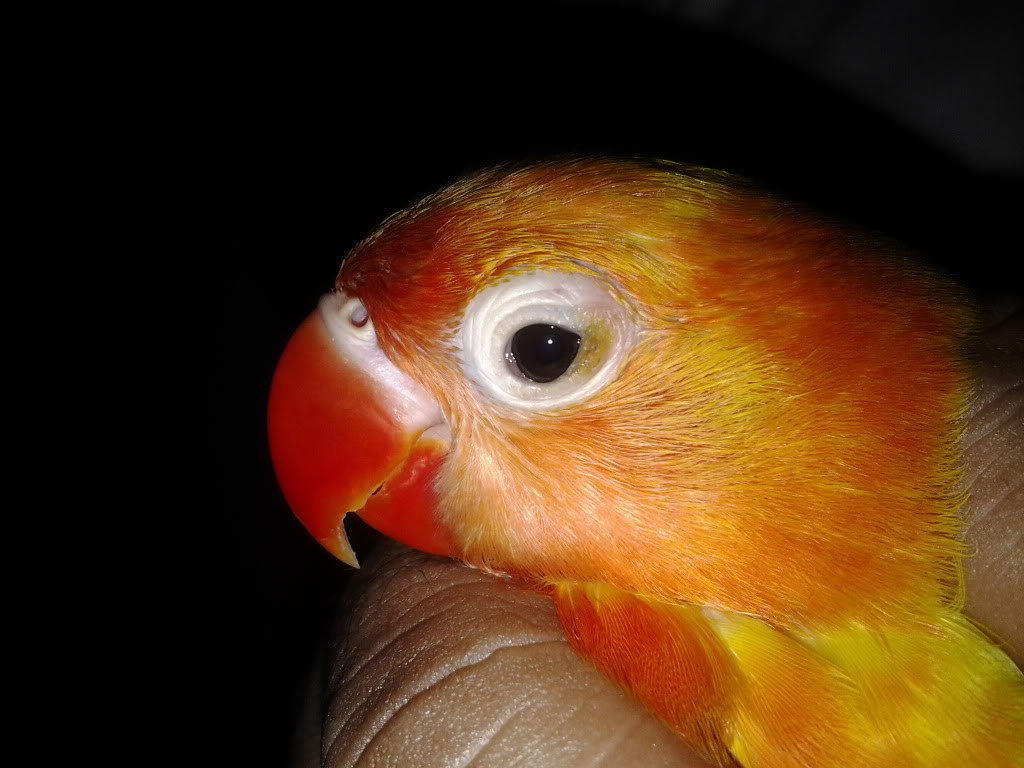Snot
is a respiratory disease that usually attacks poultry, including
chickens and chirping birds, which have early clinical symptoms of mucus
/ mucus coming out of the nostrils. In severe conditions, snot disease will attack the eye, causing swelling and watering. If the disease is left without being treated immediately, the consequences can be fatal: death. To prevent this, here is the first aid for the lovebird affected by snot.
Under
normal conditions, the bird will occasionally sneeze and remove clear
fluid from its nostrils as they attempt to clean the outer end of the
respiratory tract. If this condition is not accompanied by other symptoms, of course this need not be feared, because it is a reason.However,
if the frequency of sneezing is too frequent, especially accompanied by
several other symptoms such as the weakening of the bird's condition,
nostrils are always runny, and so on, then the right treatment should be
given immediately. Here are some factors that cause birds to experience sneezing:
- Irritation of dust and / or feathers
- Bacterial infection
- Fungal infections
- Malnutrition
- The presence of foreign objects in the nostrils and / or other parts nearby
If this problem is not addressed immediately, it can be fatal. Infection that occurs in the respiratory tract will push the liquid around the eyes. That's when the bird's eyes will swell and often release fluids.
If you still don't get the right treatment, then the infection can spread to other body tissues. When the eyes are swollen and always runny, chances are the bird has a snot.To ascertain whether birds, including lovebird, experience snot, there are several other symptoms that accompany, namely:
- The condition of the bird is getting weaker, characterized by behavior that becomes less active, often drowsy, slipping the head under the wing, often falling down, and so on.
- Loss of appetite or even lovebird stop eating.
- Lovebird has difficulty breathing. This can be seen from his behavior: the bird breathes while bending and extends its neck, and while opening its beak (gazing), or when breathing its tail is often up and down.
- The swollen part of the eye looks reddish, sometimes accompanied by a discharge.
- Lovebird is often seen closing / closing the eyelids.
As a form of first aid to lovebird who has a respiratory infection or snot, here are some actions you can take:
- Move the lovebird to another cage, then the old cage is cleaned with a special bird disinfectant . Feed regularly, especially supplementary food in the form of fruits and vegetables.
- Dry the birds only in the morning, with a duration of no more than 30 minutes.
- Change the cage in the shade and away from the presence of other domestic birds, because this disease can be transmitted through air contact.
- Immediately treat lovebird with StopSnot, which is dripped as directly as 1-2 drops in the beak / mouth every morning and evening.
- Wipe the swollen lovebird eyes with warm water, use cotton or tissue paper, every morning and evening.
Thus tips and ways of first aid to overcome the bird lovebird affected snot.






0 comments